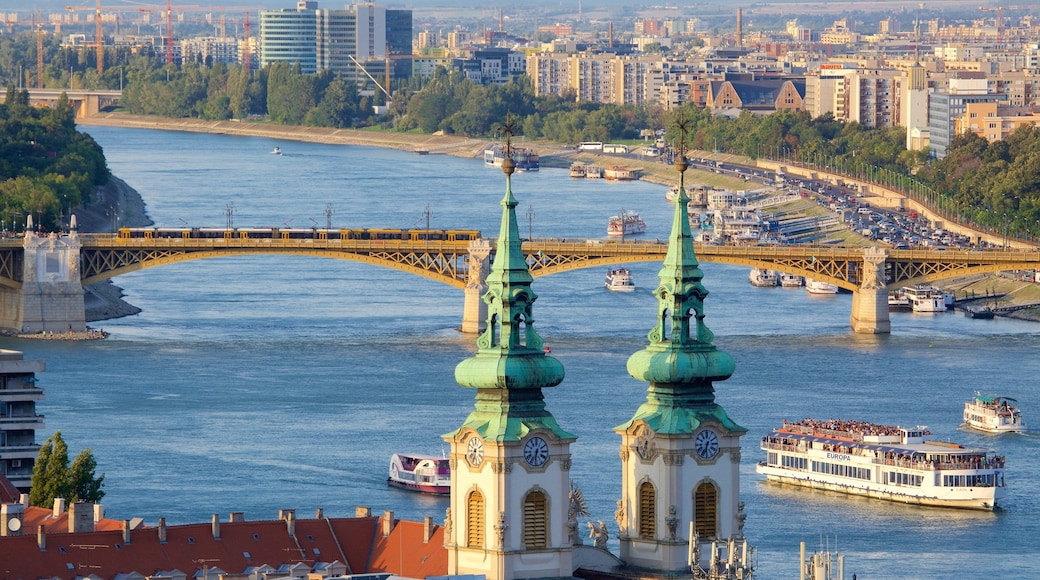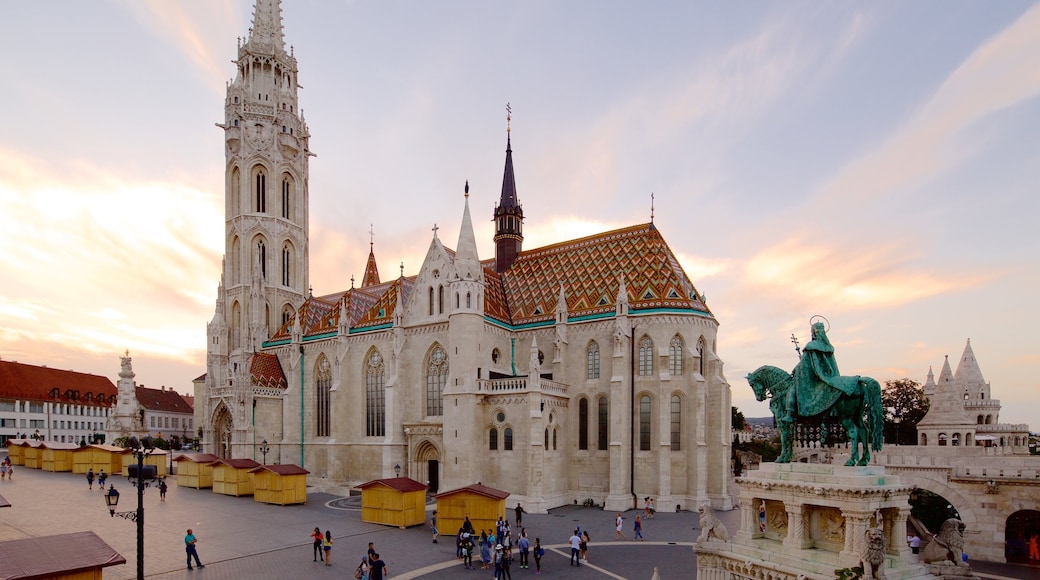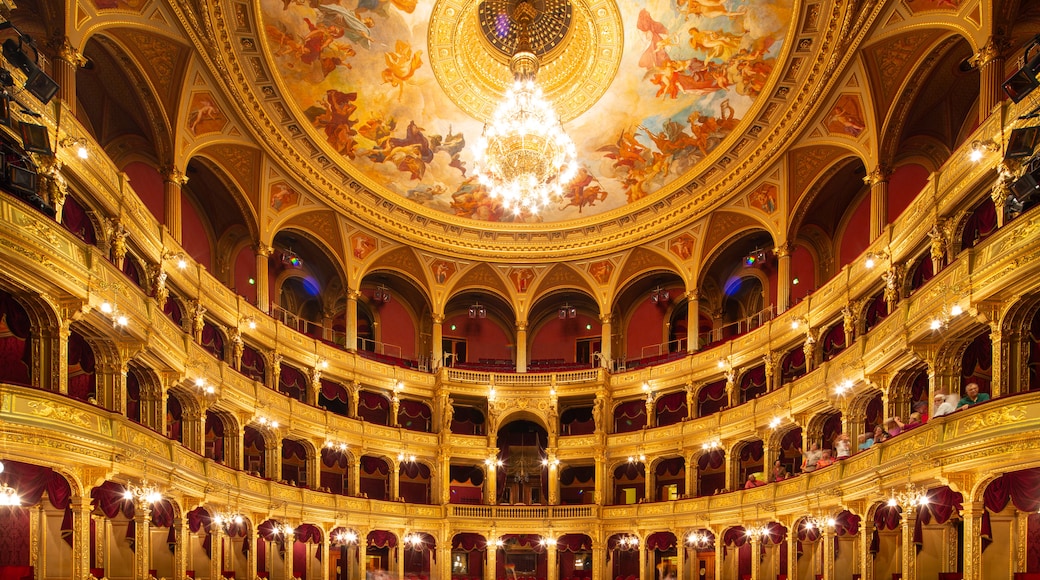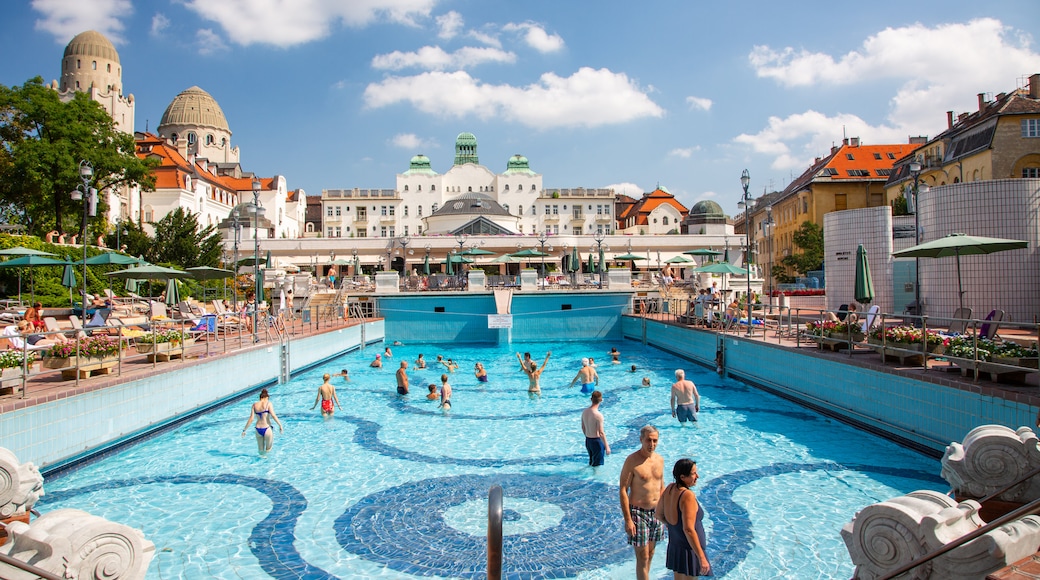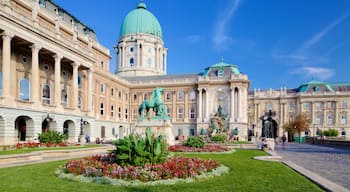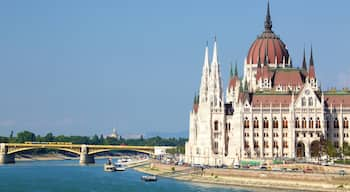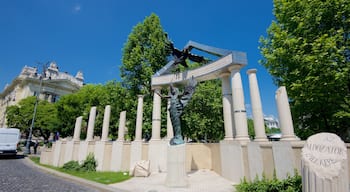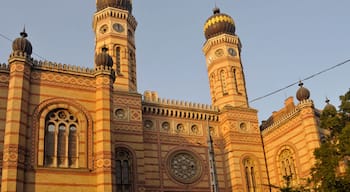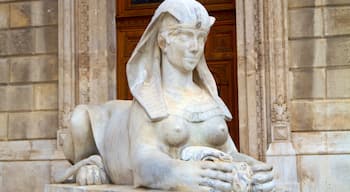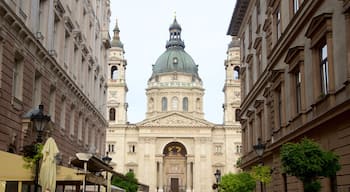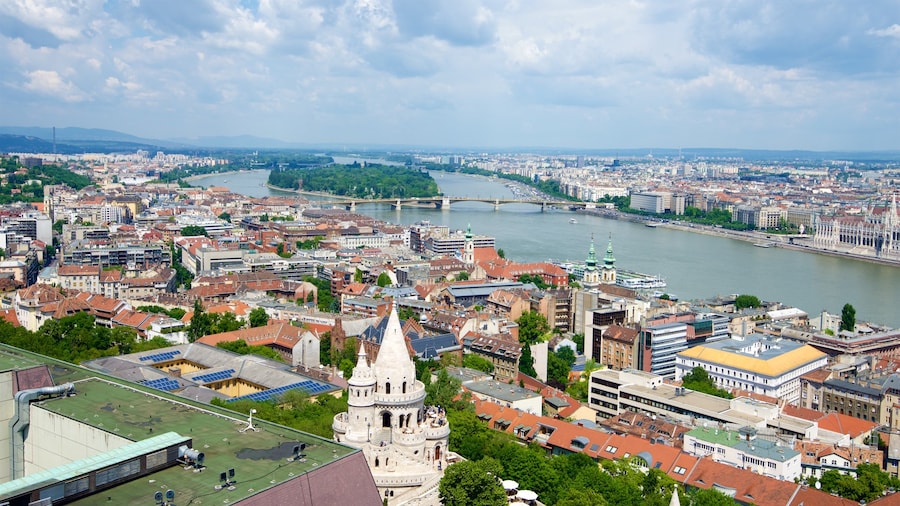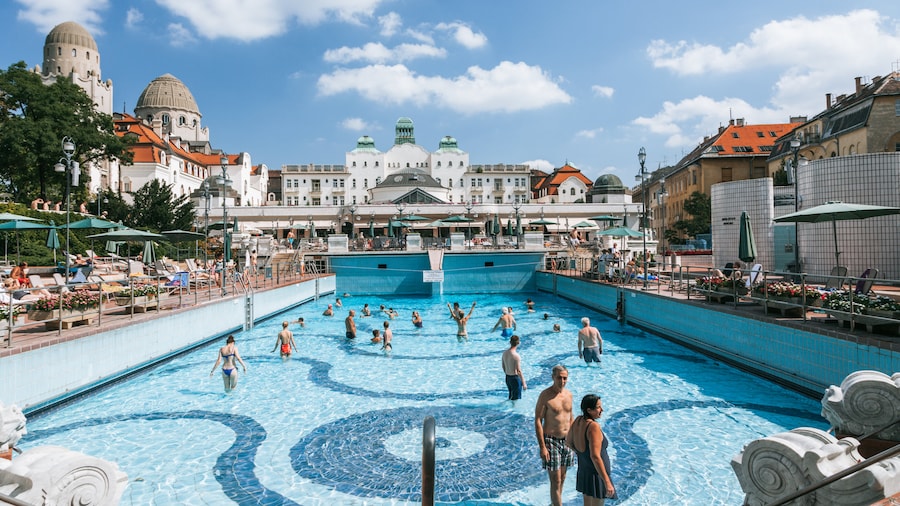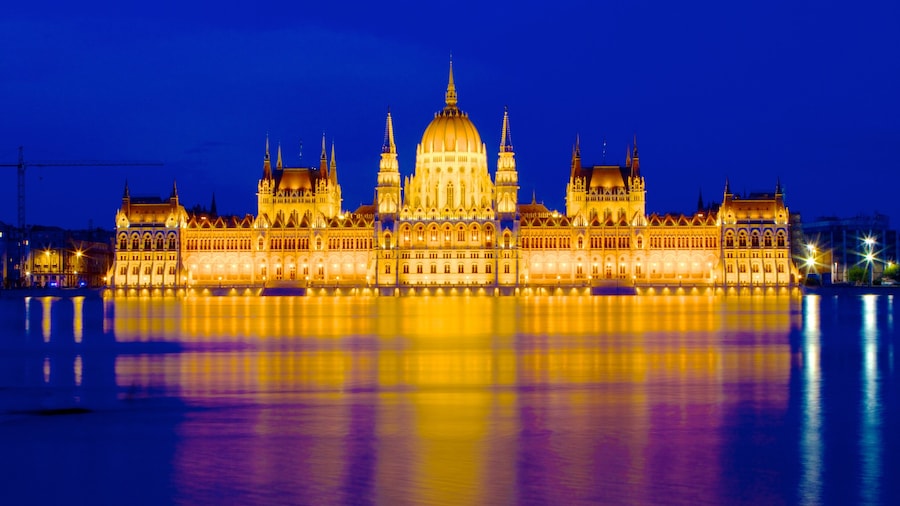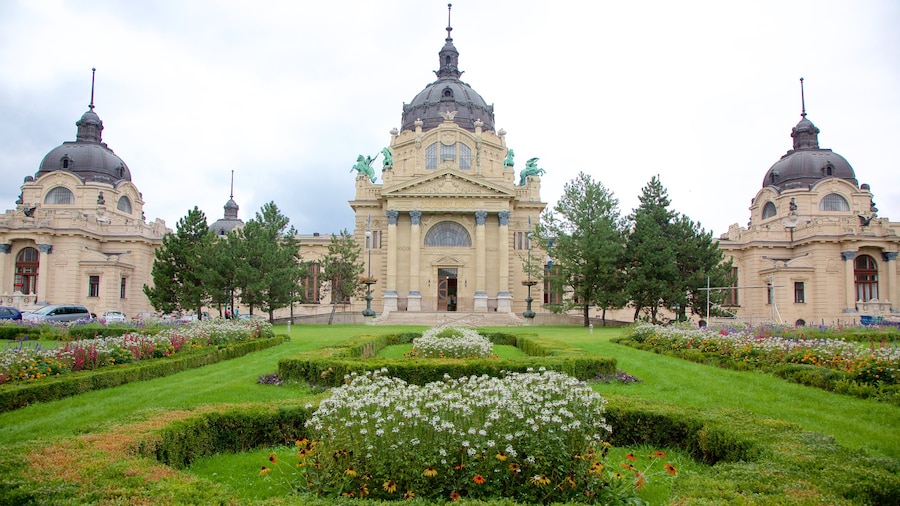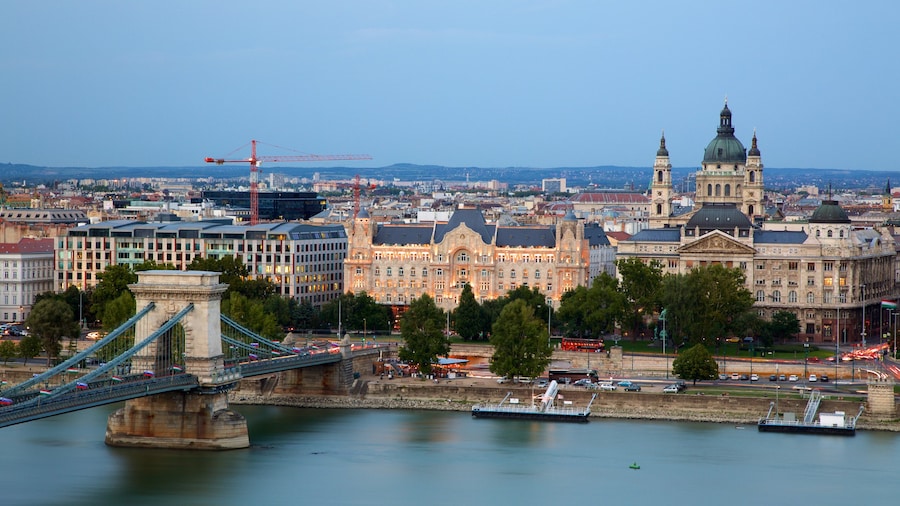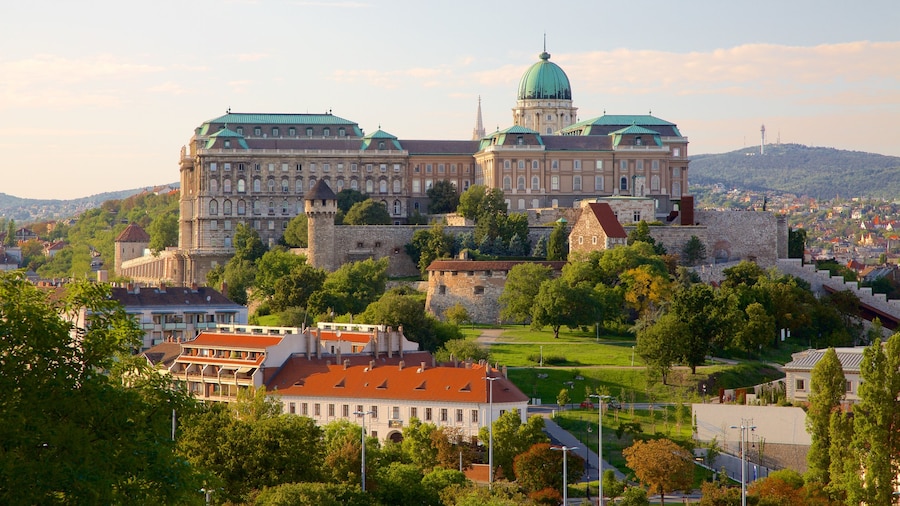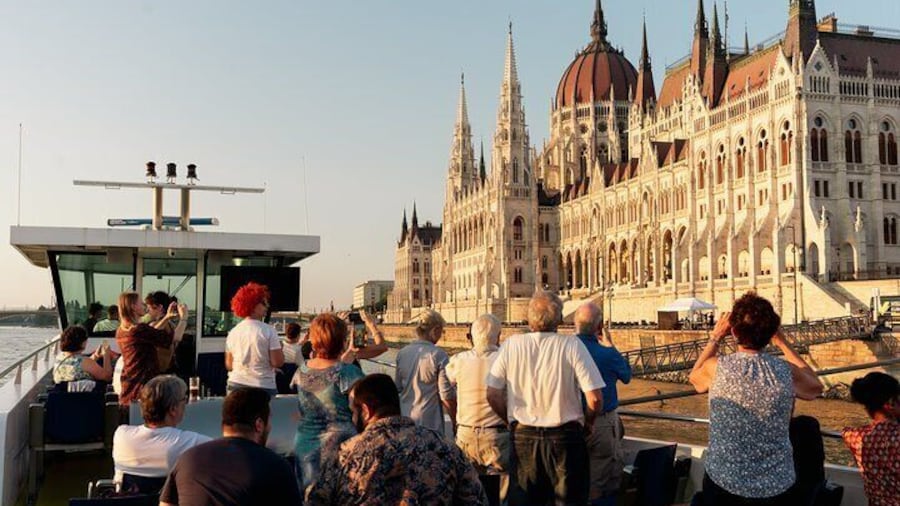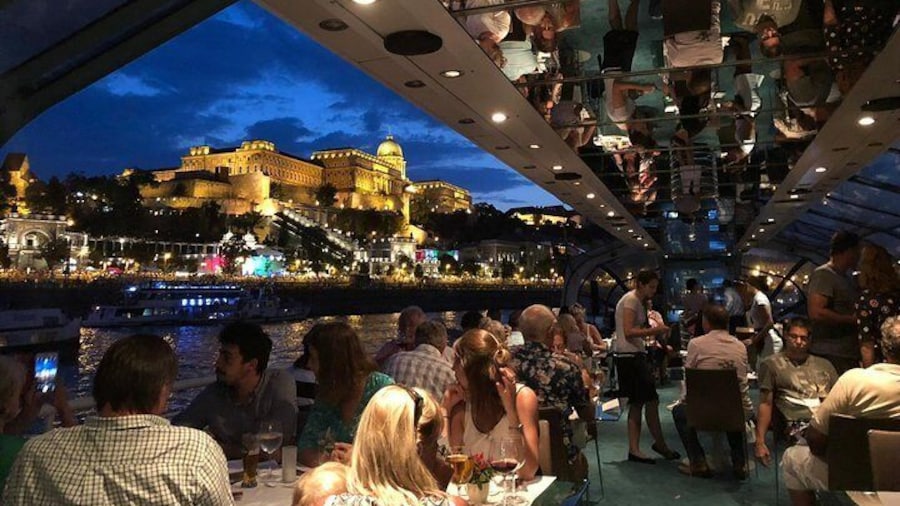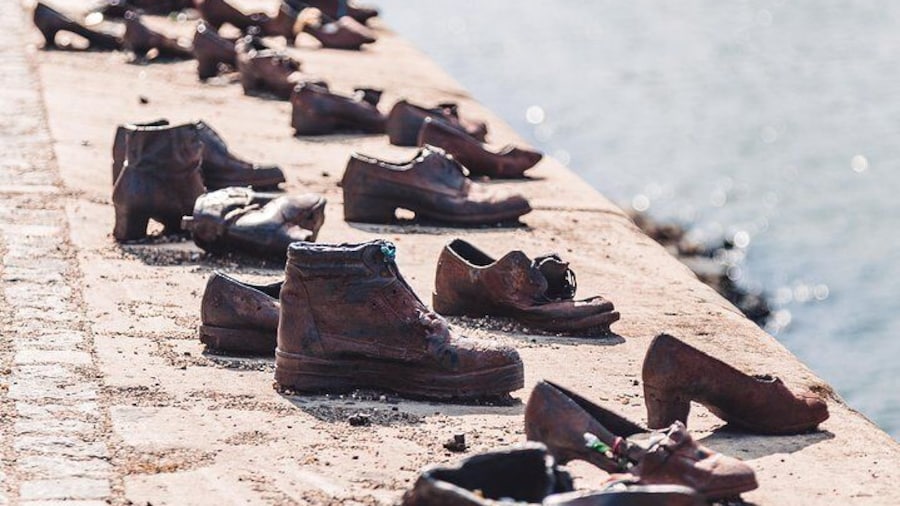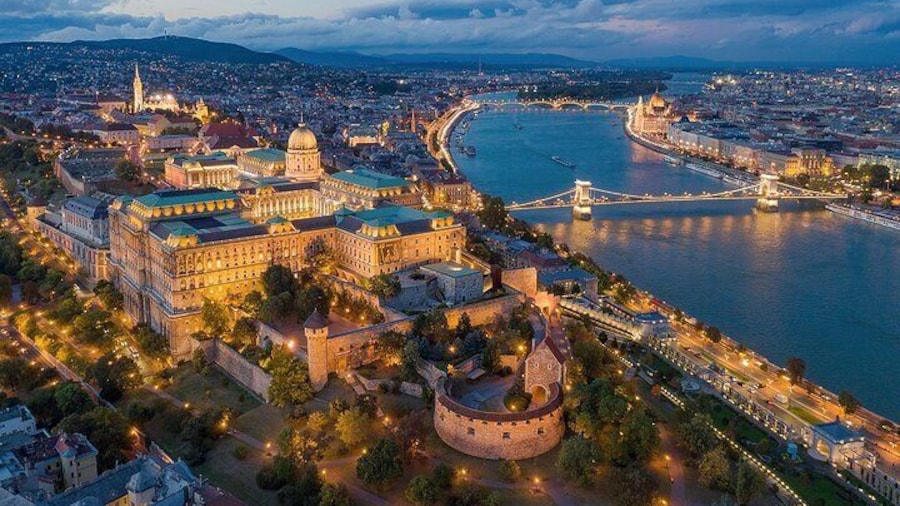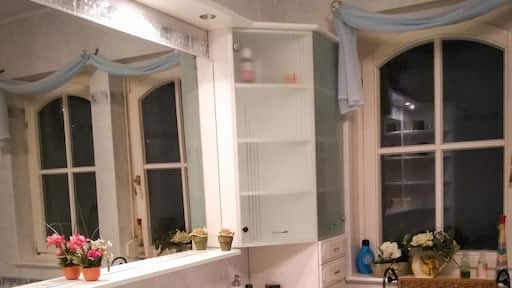The “Pearl of the Danube” has wonderful architecture and is considered one of the most beautiful cities in Europe.
Budapest is the capital of Hungary, and the union of two cities: the older Buda to the west, and Pest to the east. They are divided by the river Danube, one of the main arteries for river transport in Europe. Large areas of the magnificent cityscape have been declared a World Heritage Site, including the Banks of the Danube, the Buda Castle Quarter and Andrássy Avenue.The city began life as a Celtic settlement, going on to be replaced by the Roman town of Aquincum, which is located in the Óbuda area, to the north of the city centre. The Buda Castle Quarter is found in the heart of the city. Look out for the standout vibrant hues of Matthias Church (Mátyás-templon). Buda Castle (Budai vár) sits proudly on a hill surveying the city, and offers a beautifully illuminated image after nightfall.Nearby Gellért Hill is home to the Citadella fortification, as well as the Liberty Statue (Szabadság-szober), a commemoration of the city’s liberation from Nazi occupation at the end of World War II.The area around City Park (Városliget) in the eastern part of Budapest has a lot to offer. Heroes’ Square (Hősök Tere) remembers the deeds of the city’s founders and its many defenders down the centuries. The absorbing Museum of Fine Arts (Szépmuvészeti Múzeum) is also found here, while the atmospheric Vajdahunyad Castle (Vajdahunyad Vára) is by the lakeside in City Park.The Austro-Hungarian Empire was an important European power, particularly during the late 19th century, and this prominence has part of its legacy in the many excellent cultural institutions in the city, and the prominent artistic names that lived and worked here. Visit the Hungarian National Museum (Magyar Nemzeti Múzeum), the National Theatre (Nemzeti Színház) and the Hungarian State Opera House (Magyar Állami Operaház) in Pest.Budapest is an easy city to navigate, as a driver or as a pedestrian, though it’s wise to remember that while Pest is quite flat, Buda is much more hilly. There are also a range of public transport options, including the second-oldest metro system in the world. You can pick from a range of bus and bicycle tours, or enjoy a boat trip on the Danube.
